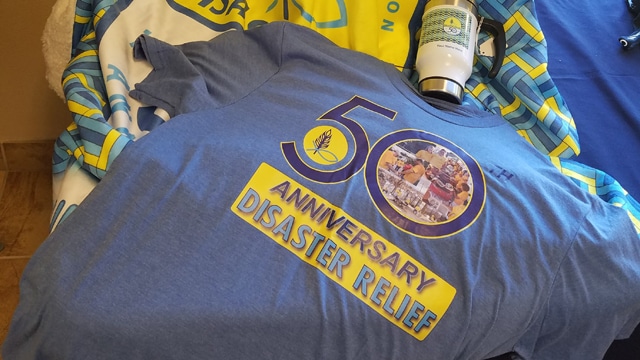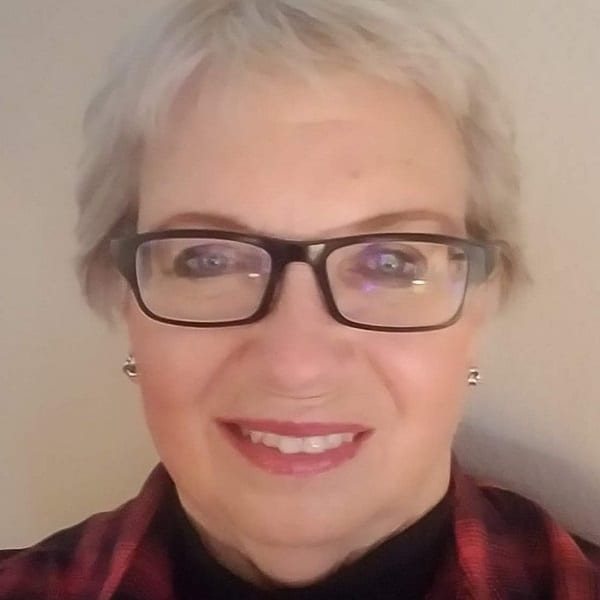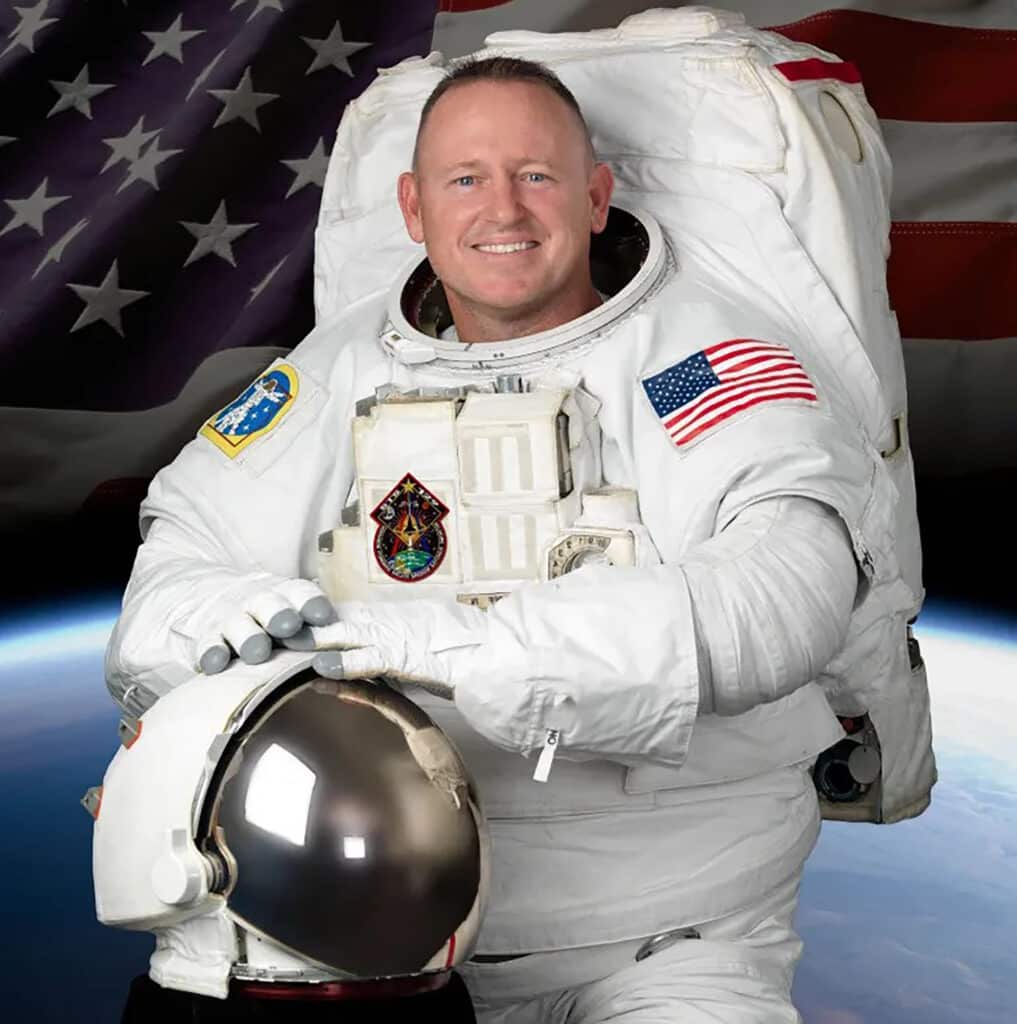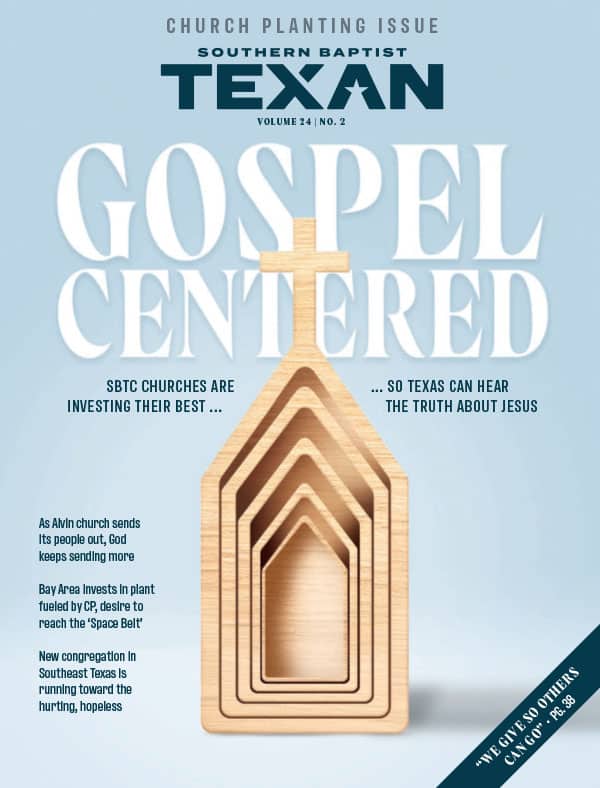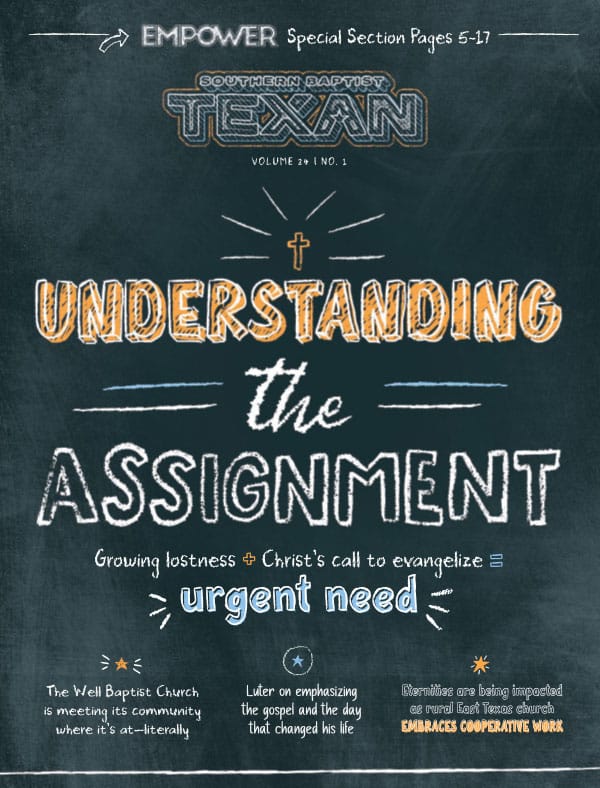DENTON—Fifty years ago, a hurricane crashed onto Texas shores, and in its wake, Southern Baptist churches partnered to bring relief and recovery to the cities impacted by the storm. Those efforts would become the foundation for what is today known as Southern Baptist Disaster Relief (SBDR), a nationwide emergency ministry.
SBDR state directors and volunteers gathered Jan. 23-27 at Camp Copass in Denton, Texas, to celebrate its 50th anniversary by acknowledging the past and anticipating the future.
During the meeting, Gary Floyd of Northwest Baptist Convention Disaster Relief presented an overview of SBDR’s history, which began in 1966 when the Home Mission Board allocated $50,000 for disaster response.
Related Story: NAMB’s Ezell affirms support of Southern Baptist Disaster Relief
In 1967, Hurricane Beulah ravaged the Gulf Coast in what Floyd called a “catalytic” event, sparking the involvement of Texas Baptist Men in disaster relief. By 1988, nine state conventions had DR ministries. Today, 45 state, national and Canadian Baptist entities are involved in disaster relief.
“It was not a flash in the pan,” Floyd said of SBDR’s early days. He said SBDR has historically emphasized local church involvement, cooperation, compassion, and changed lives—the “ultimate goal.”
“Our future will be built on servanthood at every level,” Floyd said, citing Ephesians 2:10. “Sometimes we think God is waiting on us. That is not the case. God has already created opportunities from the foundation of the world, opportunities for us to serve.”
Acknowledging that “God is going to accomplish his work of compassion with or without us,” Floyd emphasized the continued primacy of the local church.
Adaptability remains crucial, Floyd said, noting the need to develop methods to engage untrained SUVs, or “spontaneous unsolicited volunteers.”
Floyd referenced statistics from the U.S. Census Bureau, Social Security Administration and Executive Committee of the SBC indicating that 700 Southern Baptists retire each day, a “huge amount” that could become involved in DR in addition to younger volunteers.
Floyd mentioned the need to “resource local [church] kitchens” and help churches build kitchen facilities capable of producing thousands of meals a day in an emergency.
“All DR is local,” he added.
In addition to Floyd’s remarks, Georgia Baptist Convention DR director Stuart Lang presented the results of a seven-person steering committee appointed in June 2016 to study the impact of current trends upon SBDR and to provide recommendations for its sustained viability.
Lang’s PowerPoint presentation incorporated statistics from various sources. He noted that SBDR volunteer numbers increased from 3,000 in 1994 to more than 73,000 in 2006 and declined to 63,000 in 2015. In the same period, DR units increased from 95 to 1,570.
Based on results from seven state conventions, less than 3 percent of active DR volunteers are under 30, he said, while more than a third, 38.71 percent, are over 60.
Lang explained trends that show SBDR mass feeding is shifting to smaller, quicker responses through the use of church kitchens. He added that DR teams have mixed opinions on the use of SUVs, or untrained volunteers.
Lang also presented generational data with statistics related to aging, church attendance and giving. As average life expectancy continues to increase in the U.S., Baby Boomers are increasingly involved in caring for aging parents, a group expected to number 6.6 million in 2020. Ten thousand Boomers retire each day, many less prepared financially than they had hoped.
Additionally, less than 15 percent of the population attends church, and church attendance declines proportionately by generation with Boomers making up 35 percent and Millennials only 8 percent of church attenders.
Regarding giving, Lang said, “Every generation gives less than the previous one.” Sixty-eight percent of church giving comes from those age 55 and above. Giving may drop by 75 percent during the next 25-30 years. People over 75 give four times as much of their income as those aged 25-44.
Lang’s bottom line for SBDR: The oldest generations will be gone from the ranks of DR in the next 10 years. Boomers will represent SBDR’s “bread and butter” but will be less engaged than previous generations. Gen Xers will provide even fewer volunteers because they are a smaller generation. And millennials will feel good about DR but may be too occupied with careers and family obligations to have significant time to devote to it.
With these obstacles in mind, Lang’s committee offered state conventions the following recommendations related to DR:
- Focus on key ministry areas
- Develop and strengthen relationships with state DR partnerships, sharing resources
- Identify and develop leaders with mentoring programs
- Embrace technology
- Develop strategies for engaging untrained volunteers
“We will not be able to [serve] if our only plan is to retool our past,” Floyd cautioned leaders. “In the Northwest, we remind each other that it’s called a disaster because none of the normal stuff works.”

